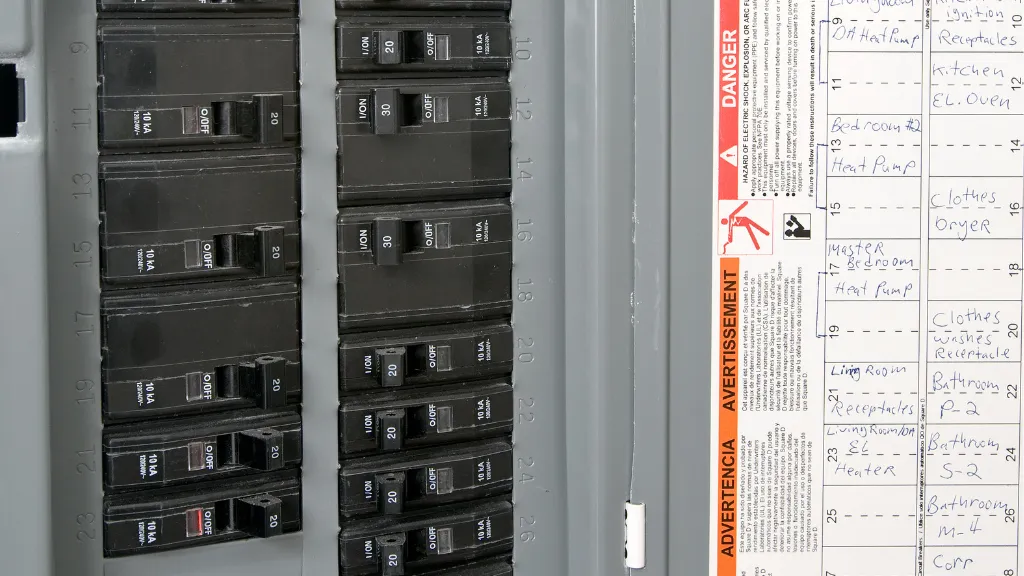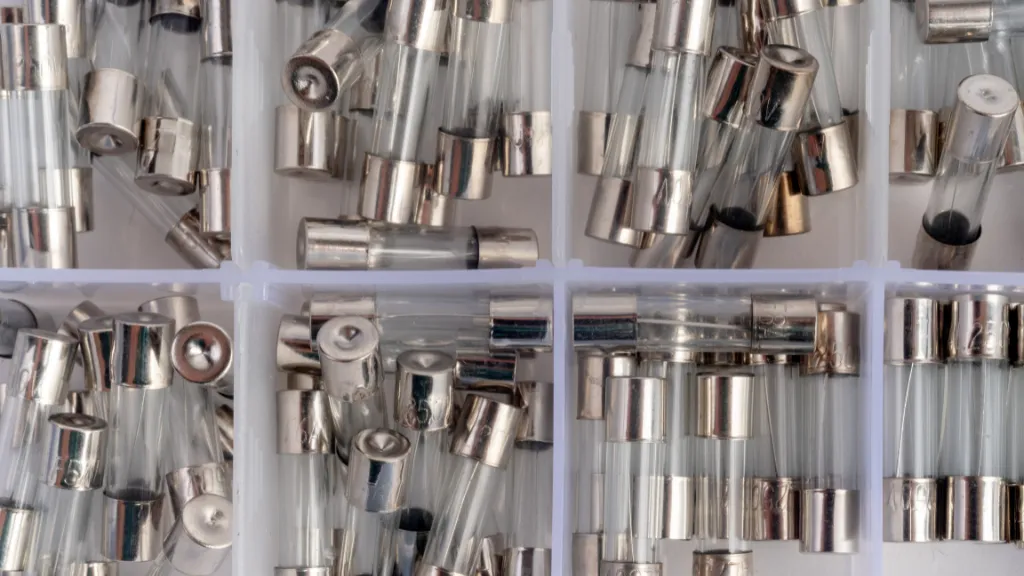Circuit Breaker vs Fuse: What’s the Difference?
Regarding protecting your electrical circuits, two common options emerge as frontrunners: circuit breakers and fuses. These devices are essential for any electrical system, ensuring safety by preventing overloads and short circuits.
While they serve the same fundamental purpose, they have distinct differences in their operations and overall effectiveness. In this article, we’ll delve into the world of circuit breakers and fuses, exploring their key dissimilarities and helping you decide which one to choose for your electrical needs.
The Anatomy of Circuit Breakers and Fuses
Understanding the inner workings of circuit breakers and fuses is crucial for making an informed choice when protecting your electrical system. These devices may appear simple, but their internal components and operation are fascinatingly intricate.
Let’s delve deeper into the anatomy of both circuit breakers and fuses:
Circuit Breakers

1. The Switch
At the heart of a circuit breaker lies the switch. This switch is often a sturdy, lever-like mechanism that can be manually operated, allowing you to control the flow of electricity through the circuit.
The circuit is complete when the switch is in the “on” position, and electricity flows uninterrupted. Conversely, the circuit is open when the switch is turned to the “off” position, and electricity cannot pass through.
2. The Electromagnet
The electromagnet is a key circuit breaker component responsible for sensing abnormal currents in the circuit. It’s typically constructed from coils of wire wrapped around an iron core.
When the current passing through the circuit exceeds a preset limit, the electromagnet becomes energized due to the magnetic field generated by the current.
3. The Tripping Mechanism
Connected to the electromagnet is the tripping mechanism. This mechanism responds to the electromagnetic forces generated when an overcurrent occurs.
When the current surpasses the predefined threshold, the tripping mechanism activates, exerting force on the switch.
4. The Tripped State
Once the tripping mechanism is engaged, it causes the switch to rapidly move to the “off” position, effectively interrupting the circuit. This rapid switch movement is essential for swift circuit disconnection, minimizing the risk of electrical fires or damage to equipment.
Fuses

1. The Fuse Element
In contrast to the multi-component structure of circuit breakers, fuses have a simpler design. At the core of a fuse is the fuse element, which is usually a thin wire or a metal strip.
This element is carefully selected to have a specific current-carrying capacity.
2. The Fuse Body
The fuse element is housed within the fuse body, which is typically made of ceramic or glass. The fuse body protects the fuse element from external factors and provides a secure housing for the entire fuse.
3. The End Caps
Fuses also feature end caps that connect the fuse element to the electrical circuit. These end caps are often made of metal and are designed to hold the fuse element in place securely.
4. The Melting Process
When the current flowing through the fuse exceeds its rated capacity, the fuse element heats up due to the electrical resistance. The fuse element eventually melts or “blows as the temperature rises.”
This intentional melting of the element is a safety feature designed to break the circuit and prevent further electrical flow.
Resettable vs. Non-Resettable
Circuit Breakers
One significant advantage of circuit breakers is that they are resettable. After tripping due to an overcurrent event, reset the circuit breaker by flipping its switch back to the “on” position.
This convenience makes circuit breakers ideal for situations where you want quick restoration of power without the need for replacement.
Fuses
Fuses, on the other hand, are non-resettable. Once a fuse melts and interrupts the circuit, it must be replaced with a new one. This can be time-consuming and potentially costly, as it involves procuring replacement fuses.
Response Time and Sensitivity
Circuit Breakers
Circuit breakers are known for their speed in responding to overcurrent situations. They can detect and interrupt a faulty circuit within milliseconds, minimizing the risk of electrical fires and damage to equipment.
Additionally, they can be adjusted for different sensitivity levels, allowing you to tailor their response to specific applications.
Fuses
Fuses also respond quickly to overcurrent events, but their response time may be slower than circuit breakers. Fuses have a fixed rating and cannot be adjusted for sensitivity.
This means that they may not provide as precise protection as circuit breakers in certain scenarios.
Cost and Long-Term Considerations
Circuit Breakers
While circuit breakers may have a higher initial cost than fuses, they often prove more cost-effective in the long run due to their resettability nature. You don’t need to purchase replacement devices constantly; maintenance is minimal.
Fuses
Fuses are generally more affordable upfront but can become costlier over time due to the need for frequent replacements. They are suitable for applications with budget constraints but may not be the most economical option in the long term.
Application-Specific Considerations
Circuit Breakers
Circuit breakers are versatile and can be used in various applications, from residential and commercial buildings to industrial settings. They are particularly well-suited for situations where quick restoration of power is critical.
Fuses
Fuses are commonly used in older electrical systems and specific industrial applications. They are straightforward and reliable, making them a viable choice in environments where frequent adjustments to sensitivity are not required.
Conclusion
Choosing between circuit breakers and fuses depends on your specific requirements and preferences. Circuit breakers offer the advantage of being resettable, precise in their response, and cost-effective in the long run. Fuses, on the other hand, are simple, reliable, and budget-friendly upfront.
When deciding between the two, consider factors such as the nature of your electrical system, the importance of rapid power restoration, and your budget constraints. Whichever option you choose, circuit breakers and fuses are vital in safeguarding your electrical system and preventing potential hazards.

Author
Alex Klein is an electrical engineer with more than 15 years of expertise. He is the host of the Electro University YouTube channel, which has thousands of subscribers.
